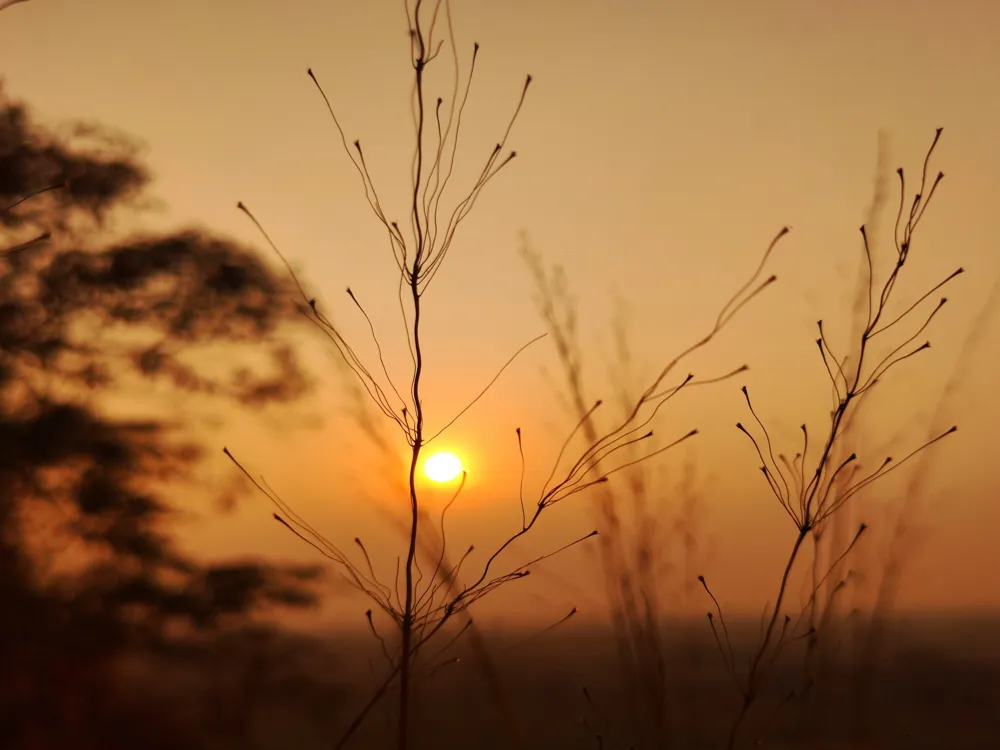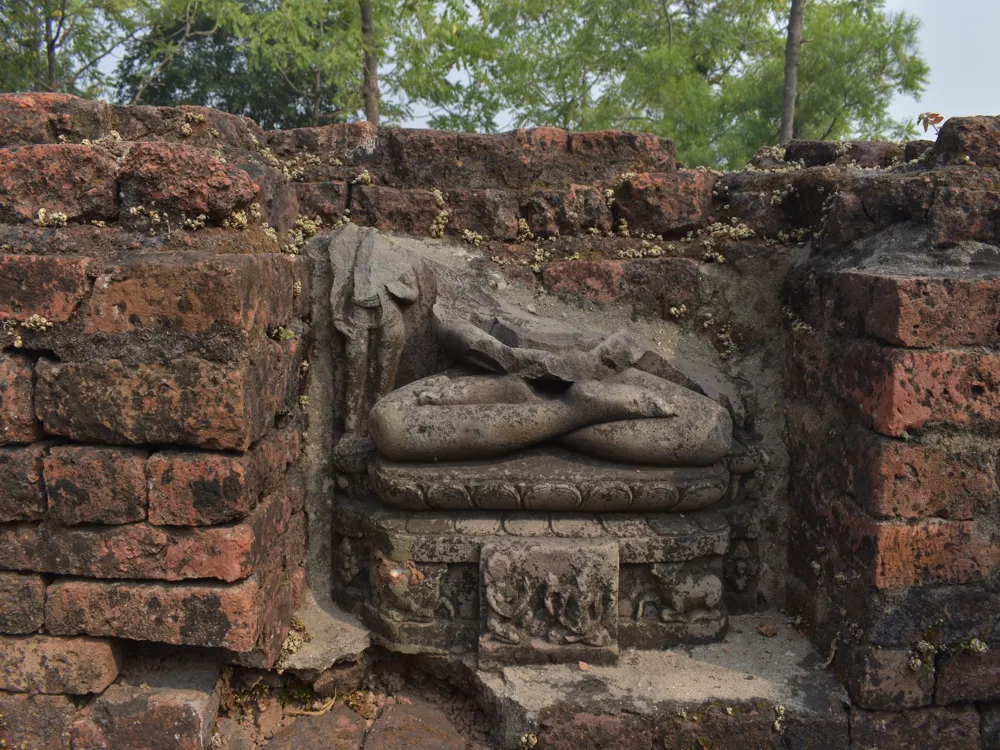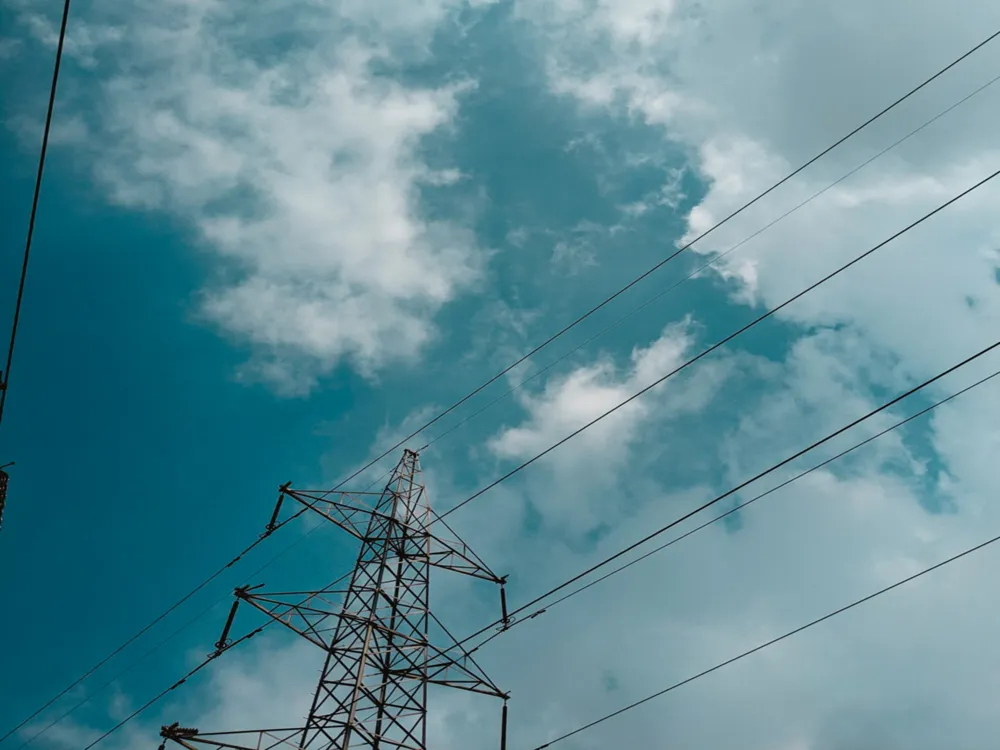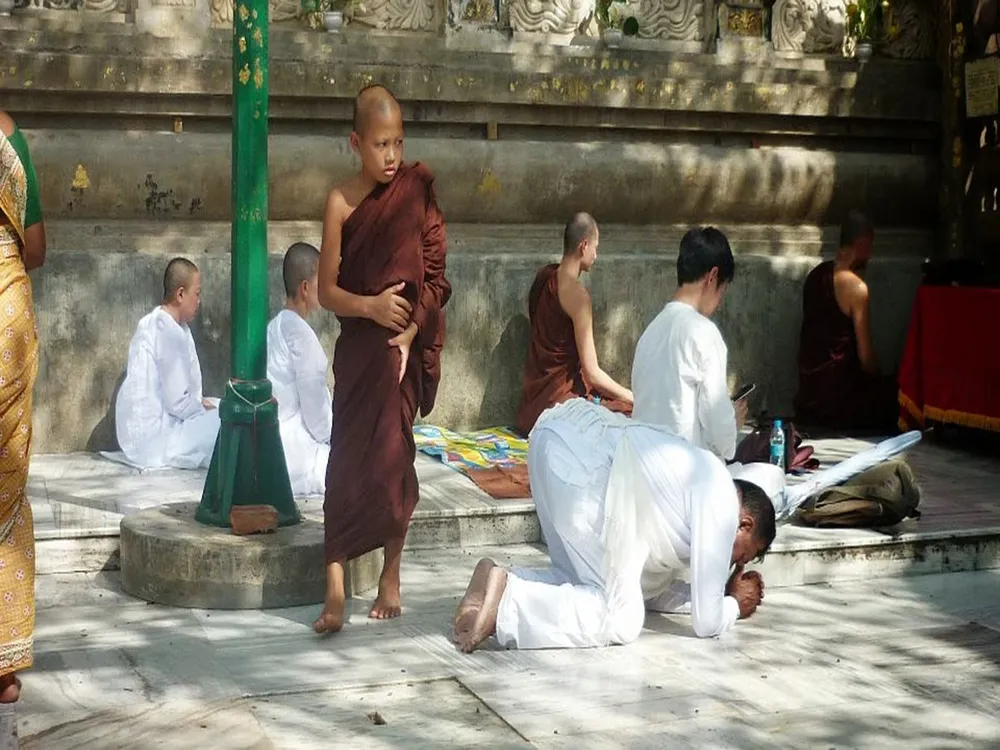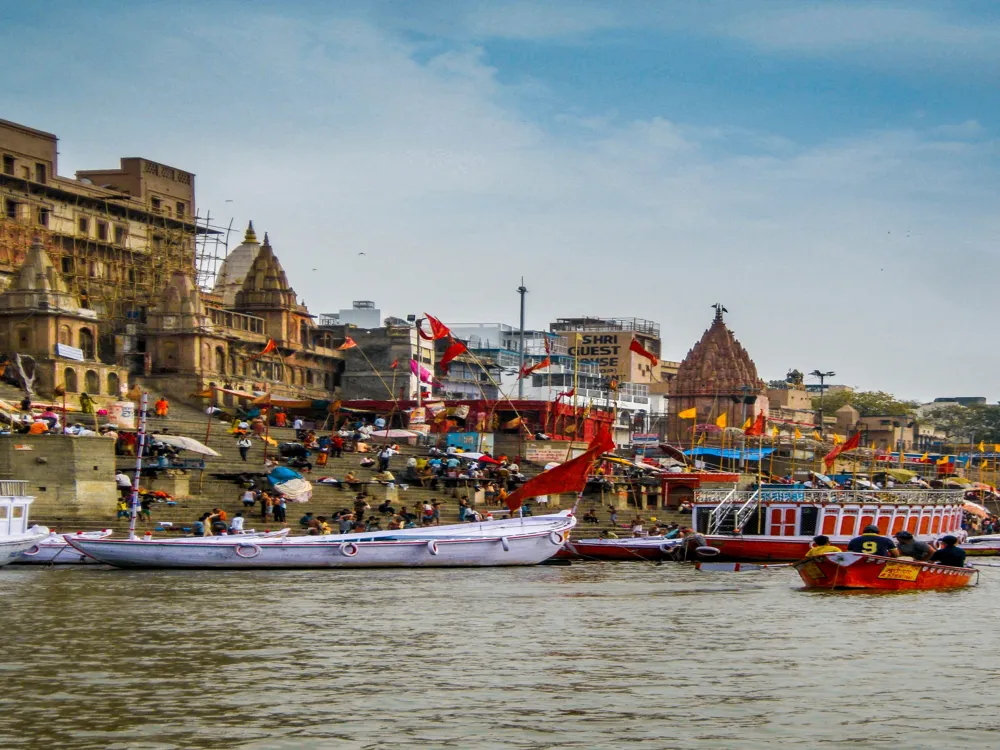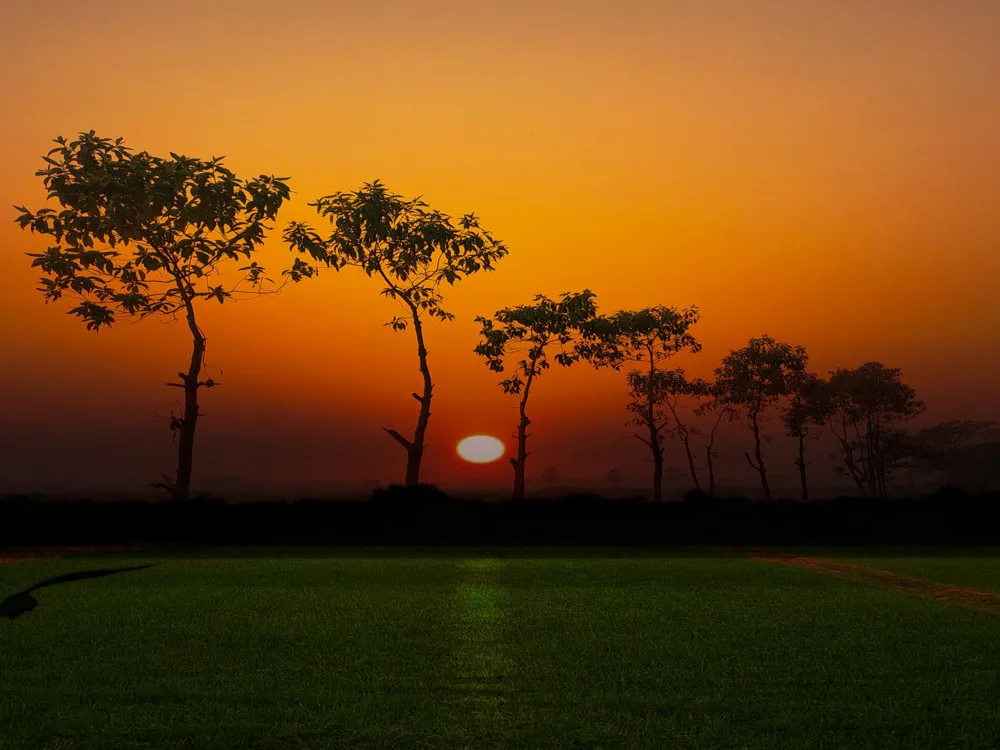Mahatma Gandhi Setu, an architectural marvel and a symbol of modern India, stands proudly in Patna, Bihar. Stretching across the mighty Ganges River, it connects the northern and southern regions of Bihar, playing a pivotal role in the socio-economic development of the state. Inaugurated in May 1982, this bridge is not only a critical transportation link but also a testament to India's engineering prowess. Spanning a length of about 5.75 kilometers, Mahatma Gandhi Setu was once considered the longest river bridge in the world. It's a lifeline for millions, facilitating trade and travel between different parts of Bihar and neighboring states. The bridge's strategic importance extends beyond transportation, as it has catalyzed the region's growth in various sectors such as tourism, trade, and industry. The construction of Mahatma Gandhi Setu was a complex task, demanding cutting-edge engineering techniques and meticulous planning. The bridge features a series of piers that rise majestically from the river, supporting the immense structure. The design and construction involved extensive use of pre-stressed concrete, which was a relatively new technology at the time. The bridge's resilience and durability are attributed to this innovative use of materials and construction methods. Mahatma Gandhi Setu is not just a bridge; it's a symbol of unity and progress. It stands as a reminder of Mahatma Gandhi's vision for a united and prosperous India. The bridge has been instrumental in bridging the gap between diverse cultures and communities living on either side of the Ganges. It's a place where people from various walks of life come together, making it a melting pot of cultures and traditions. The architectural brilliance of Mahatma Gandhi Setu is a subject of study and admiration for engineers and architects worldwide. This bridge, with its imposing structure, is a fine example of modern engineering and design. The use of pre-stressed concrete technology in its construction marked a significant advancement in bridge engineering in India. Each of the 48 spans of the bridge is 121.065 meters long, supported by 49 piers, which are rooted deep into the river bed. This design ensures stability against the strong currents and sedimentation of the Ganges. The piers are protected by rock armour to prevent erosion caused by the river's turbulent waters. The deck of the bridge is designed to accommodate heavy traffic, with a width of about 10 meters that includes pedestrian pathways. The bridge's design also takes into account seismic activities, a crucial factor considering the region's vulnerability to earthquakes. Special provisions were made in the design to absorb seismic shocks, ensuring the bridge's longevity and safety. Furthermore, the bridge incorporates expansion and contraction joints, allowing it to adapt to temperature variations, a vital feature for its durability. Mahatma Gandhi Setu is not just an engineering feat; it's a work of art. Its design is aesthetically pleasing, with the piers and spans creating a rhythmic pattern that is visually captivating. The bridge is particularly enchanting during sunrise and sunset, with the play of light and shadow on its structure creating a mesmerizing effect. It's a symbol of modernity, blending seamlessly with the natural beauty of the Ganges and its surroundings. The ideal time to visit Mahatma Gandhi Setu is from October to March, when the weather is pleasant, and the Ganges is calm, offering a serene experience. While visiting the bridge, ensure you adhere to safety guidelines. Avoid leaning over the railings and be mindful of the heavy traffic. For photography enthusiasts, the early morning and late evening hours offer the best light for capturing the beauty of the bridge and the Ganges. Combine your visit with nearby attractions like Golghar, Patna Sahib Gurudwara, and the Bihar Museum to enrich your experience. Reaching Mahatma Gandhi Setu is convenient as it is well-connected by road. The nearest airport is Patna Airport, approximately 20 kilometers away. For those traveling by train, Patna Junction is the closest major railway station. Local buses, taxis, and auto-rickshaws are readily available for transportation to the bridge from different parts of the city. Read More:Overview of Mahatma Gandhi Setu in Patna, Bihar
Architecture of Mahatma Gandhi Setu
Tips When Visiting Mahatma Gandhi Setu
Best Time to Visit
Safety Measures
Photography Tips
Local Attractions
How To Reach Mahatma Gandhi Setu
Mahatma Gandhi Setu
Patna
Bihar
NaN onwards
View patna Packages
Weather :
Label : Must Visit
Tags : Bridge
Timings : All time
Time Required : Less than 1 hour
Entry Fee : The toll fees depend on the GST and taxes decided by the government and the type of vehicle.
Planning a Trip? Ask Your Question
Also Refered As:
Gandhi Setu/ Ganga Setu
Patna Travel Packages
View All Packages For Patna
Top Hotel Collections for Patna

Private Pool

Luxury Hotels

5-Star Hotels

Pet Friendly
Top Hotels Near Patna
Other Top Ranking Places In Patna
View All Places To Visit In patna
View patna Packages
Weather :
Label : Must Visit
Tags : Bridge
Timings : All time
Time Required : Less than 1 hour
Entry Fee : The toll fees depend on the GST and taxes decided by the government and the type of vehicle.
Planning a Trip? Ask Your Question
Also Refered As:
Gandhi Setu/ Ganga Setu
Patna Travel Packages
View All Packages For Patna
Top Hotel Collections for Patna

Private Pool

Luxury Hotels

5-Star Hotels

Pet Friendly







